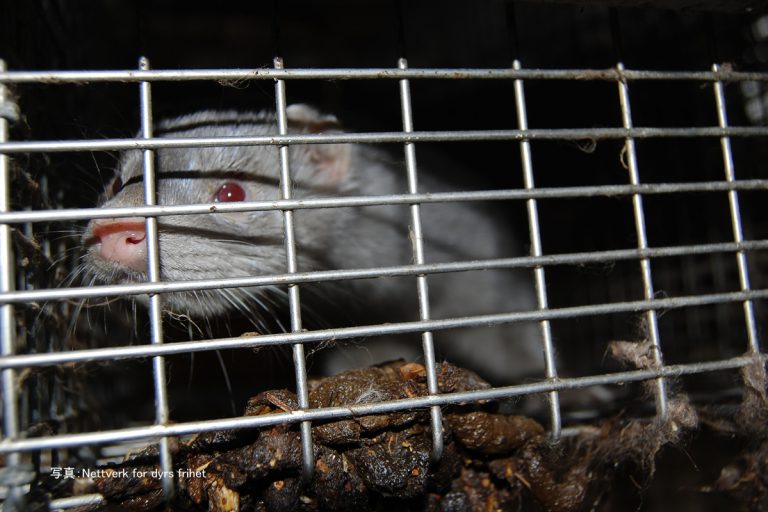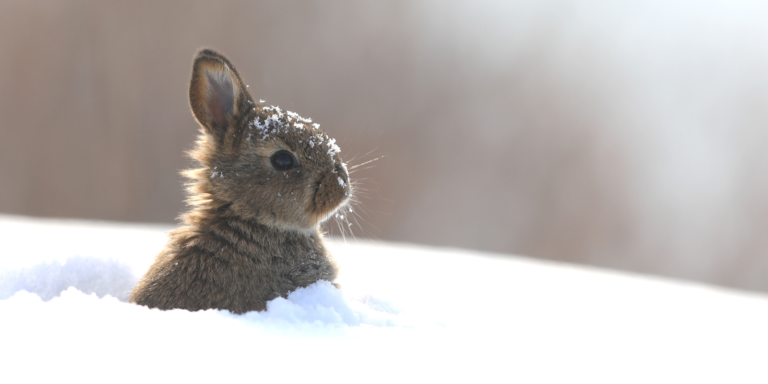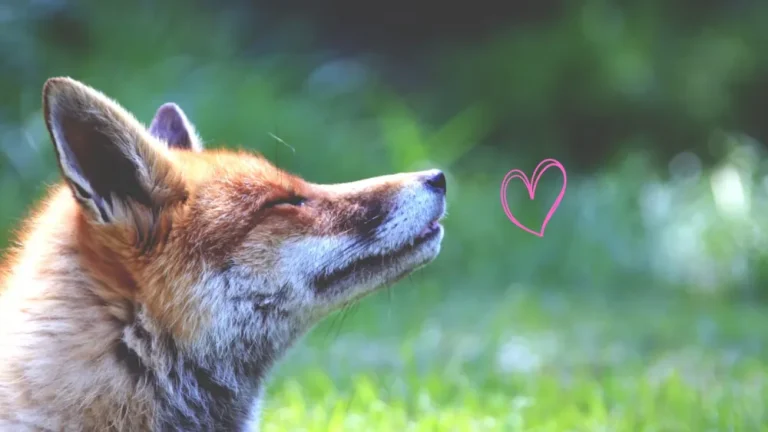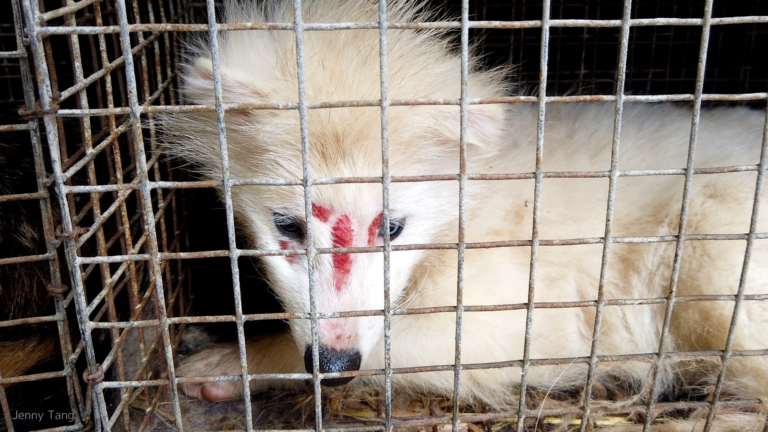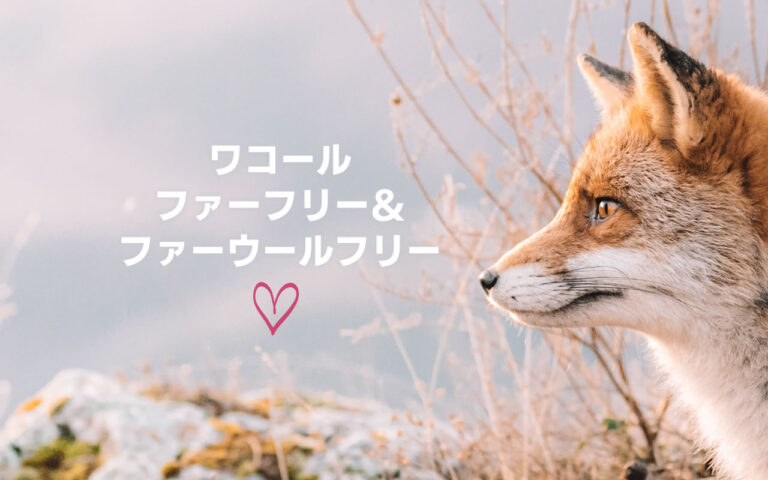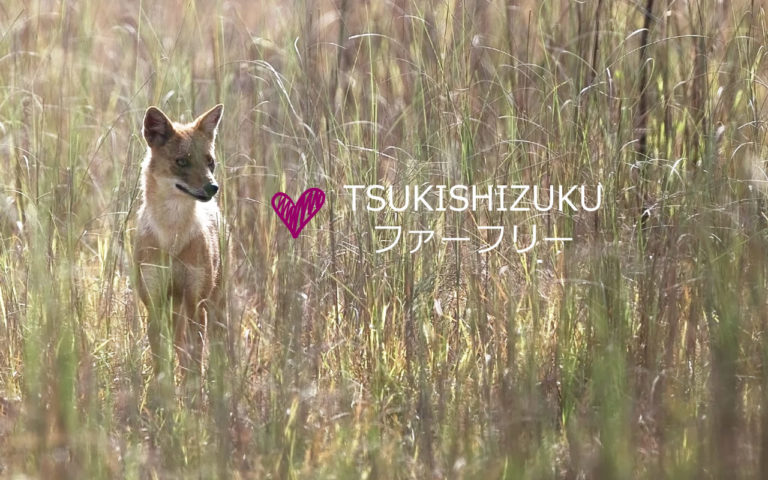No animals had to be sacrificed for fur in Japan in the year 2016
In 2016, it was revealed that the last mink farm in Niigata was closed. By this closure, the number of fur farms is now zero in Japan.

The industry to produce fur in Japan has come to an end
History of fur industry in Japan
The fur industry in Japan became popular around the middle to the end of World War II. At its peak, it’s said that there were 4,000 fur farms. Then, business associations, such as the Mink Association, were established. In 1971, export of mink fur (count of full body only) increased to 88,000 minks. If counting rabbit fur, Japan became one of the top fur exporters, exporting more than 16,000,000 bodies (16,893,153 animals*) annually in 1975.
However, the industry rapidly declined in the late 90’s. This was about the time when fur production in China became popular. After 2000, it was revealed that American minks (mustela vison, foreign species), who escaped from the farms, damaged the environment significantly by multiplying in wild. In 2006, American minks became one of the species specified in The Invasive Alien species Act, meaning raising is prohibited in a general principle rule.
With this, fur farms in Hokkaido closed, and the mink export ended in 2006. Still, there were two mink farms in Niigata, violating the law, so we reported them to the Ministry of Environment in 2012. One of them closed the farm immediately, but the other continued their operation.
* The number was cited from the trade statistics by the Ministry of Finance.
The road to zero fur farms
The sole Japanese fur farming facility ( Otsuka mink farm), that held approximately 2,500 minks, has ended in 2012. In spite of warnings by the Ministry of Environment for violating Invasive Alien Species Act,it continued its business without licensing. We,Animal Right Center, reported it on Jan 2013. After investigating by police, documents were sent to a prosecutor on Feb 2014.However, on the grounds that they were not knowledgeable about licensing requirements, they had never been prosecuted. After repairing the facility on Apr 2014, licensing by Ministry of Environment, which had continued a business.During violating the law, they bred minks every spring, skinned & killed in winter to produce fur continuously to sell illegally. In 2015, we reported their unlicensed illegal activity and,subsequently, they were warned again.Talks with Otsuka mink farm in May 2015 revealed that the demand for ethically manufacturing products by consumers, in conjunction with huge cost of repairs to the facility to bring it up to regulation standards, made it financially infeasible to continue fur farming. This led to cessation of operations after killing all captivated minks in winter 2015. led to the end of American mink fur farming entirely.
*According to the response to general consumer’s inquiry(not replied to Animal Rights Center)they have discontinued the use.
The Animal Rights Center, has been battling to bring an end to fur farming.

On Sep,2012, when visiting Otsuka farming, we were shocked and horrified at the extreme raising conditions in which minks were barely breathing in the extreme heat. Some were motionless and hyperventilating. I still have vivid memories to this day and remember how helpless I felt watching those minks desperately trying to lick the few drops off of a nearly empty tray. Upon visiting the facility that winter, we saw that the remaining minks for breeding that had been caged in a cramped space, were circling around the same spot continuously (known as behavioral abnormality).
In 2014, there were sightings of escaped minks. This is not only an ecological disaster as minks are highly efficient predators, but also a glaring indication of Otsuka farming’s sloppy operation. In continuing the facility without licensing, Otsuka was in violation of the Alien Species Act and the Act on Welfare and Management of Animals. Having done all we could do, we were left feeling hopeless and frustrated as we watched minks waiting in filthy, cramped cages to be killed.
In Europe, many have called to ban fur manufacturing sector being issued. However resulting effective actions to realize this goal have yet to be taken in Japan.
Only in rare cases are the once prevalent automated fur farming facilities made to cease operations. Thankfully, the number of fur consumption has significantly dropped(see below). The products, which are treated ethically and humanely, are in great demand by consumers. This is an indication of people’s genuine desire for a peaceful society.
Import & Sales of fur in Japan
In 2015,the number of animals sacrificed for fur was approximately 1,670,000.The number of fur clothing imports has been decreasing since the peak year of 2006 from which, figures are currently down 80%. On Mar 22th 2016, the clothing brand, GIORGIO ARMANI declared to cease the use of real fur, as well as HUGO BOSS, ASICS,M&H in 2015. In 2014, UNIQLO, Muji(Mujirushi Ryohin) followed suit. These sophisticated clothing brands, both domestic and foreign, have continuously chosen to move in an ethical direction. Behind this movement is the factor of consumer ‘s growing awareness of unethical cruelty based fur consumption. This has been key in the forming of public opinion against fur products.
Animal Rights Center based on Trade Statics of Japan.(fur Clothing,hat included, shoe with fur excluded)#Figures are estimated by A



